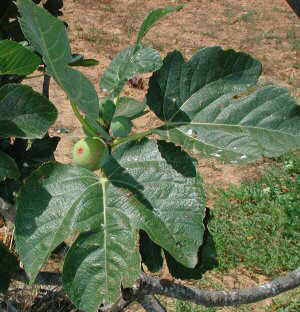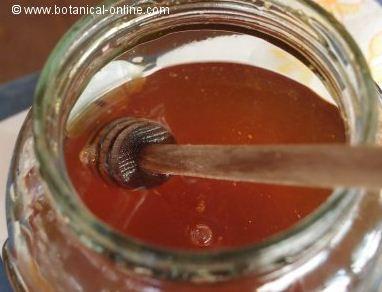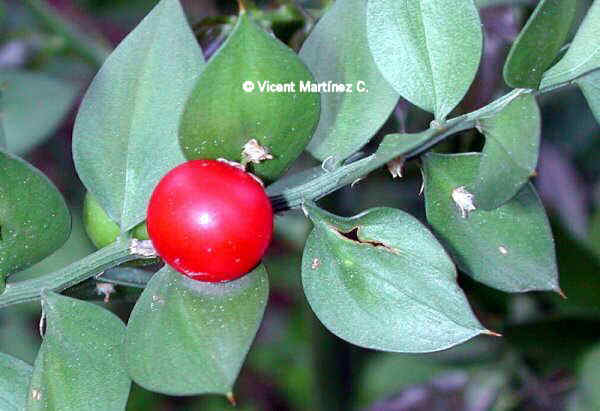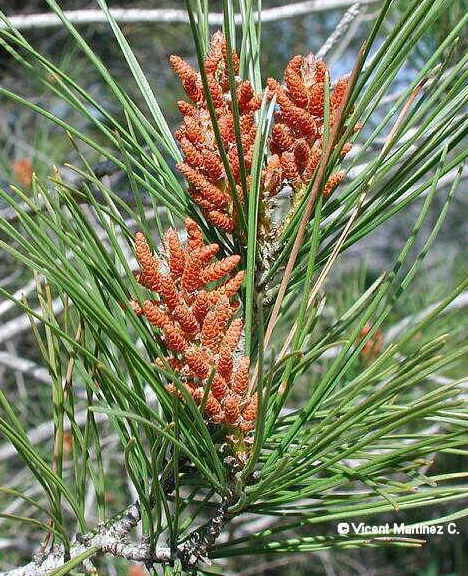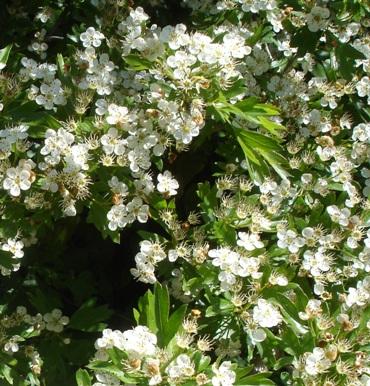Contents
Characteristics and benefits of manuka honey
What is manuka honey?
It is the honey produced by bees that visit the manuka flowers. Manuka (Leptospermum scoparium) is a shrub of New Zealand and Southeastern Australia
Characteristics of the manuka tree
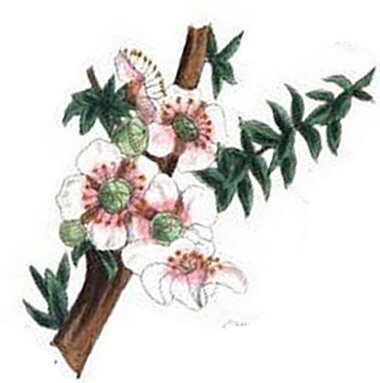 Drawing of the flowers and leaves of the tree
Drawing of the flowers and leaves of the tree
It has white flowers, thorny leaves and hard stems.
The natives take advantage of the qualities of this shrub. Its wood is very resistant and is used for the making of tools. Once crushed has a very pleasant aroma so they use it as a spice to flavor meat and fish.
The products derived from this shrub have also been commonly used by Maori natives as a popular remedy for their antibiotic properties, especially as regards the external healing of skin wounds or the internal treatment of diseases of the respiratory system.
The New Zealand parakeet itself seems to know the properties of this shrub since it is very common to see it to ingest the leaves and bark of this shrub.
At other times, this bird crush these materials and then scatter the juice through their feathers previously mixed with the oil of their uropygial gland. All these behaviors are done to get rid of the possible parasites.
Properties of manuka honey
Numerous recent studies seem to confirm the usefulness of manuka honey as a very potent natural antibiotic and as a good fungicide. In fact all types of honey have antibiotic properties, but manuka honey along with ulmo honey, seem to outperform all others.
In the case of manuka honey the main responsible for this difference with respect to other types of honey is the methylglyoxal that provides the nectar of the flowers of this shrub.
What is manuka honey used for?
In laboratory studies, it has been found that manuka honey is capable of neutralizing many bacteria or fungi which, in many cases, do not respond to treatment with conventional antibiotics or fungicides, such as Staphylococcus aureus or Helicobacter pylori (adjuvant in medical treatment).
Among the main properties we could mention the following:
Internal use remedies with manuka honey
- Respiratory system: This honey is very suitable for the treatment or prevention of diseases such as colds, flu, bronchitis, sinusitis, asthma, sore throat, or other respiratory anomalies. (Take a couple of teaspoons of manuka honey each day) (Sweeten the teas for these conditions with a teaspoon of manuka honey)
- Digestive system: The antibacterial capacity of this type of honey may be able to neutralize the bacterium Helicobacter pylori, that causes most stomach ulcers and duodenal ulcers, responsible for such unpleasant symptoms as stomach pain or heartburn.
It can also be useful to eliminate other intestinal bacteria that enter our interior through food, such as Salmonella or Escherichia coli. These pathogens are responsible for food poisoning, causing anomalies such as indigestion, flatulence, vomiting, bloating, diarrhea, etc. (Take a couple of teaspoons of this honey each day) (Sweeten the teas for these conditions with a teaspoon of manuka honey)
Many of the mouth problems can benefit from the properties of this type of honey, such as mouth ulcers, gum infections or cavities. (Sweeten a tea for these conditions with a teaspoon of manuka honey and perform mouthwashes)
- The skin: In internal use, the antibiotic and fungicidal properties of manuka honey can be used so that external lesions do not become infected and to form a scar better. (Take a couple of teaspoons of this honey each day) It is suitable for wounds, burns, punctures, scratches, eczema and other skin conditions.
External use preparations with manuka honey
For the external treatment of the aforementioned skin conditions, a layer of manuka honey can be applied on the affected area.
![]() More information on honey types and properties.
More information on honey types and properties.

